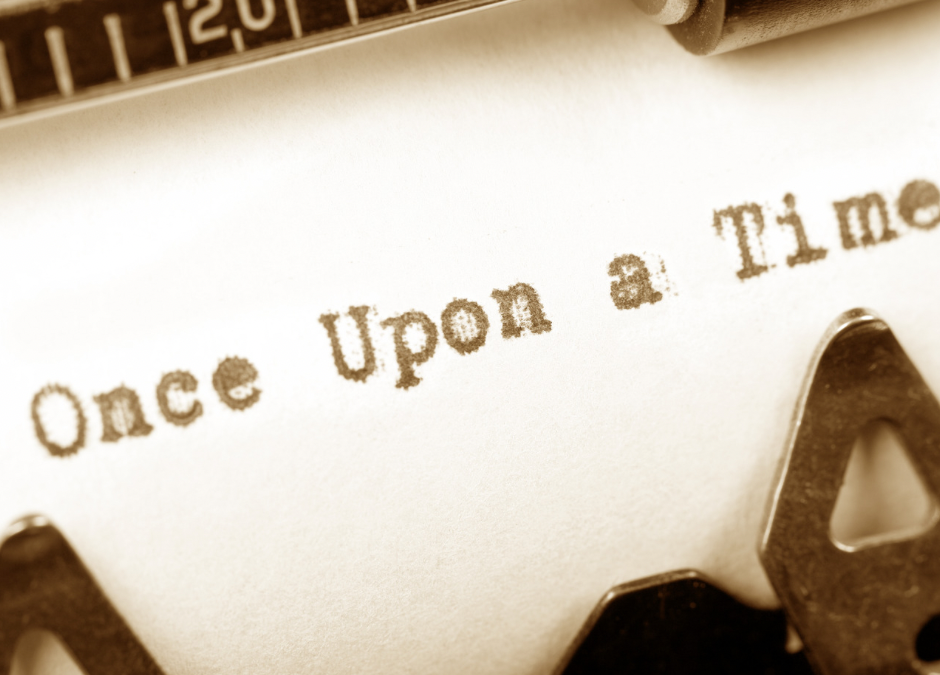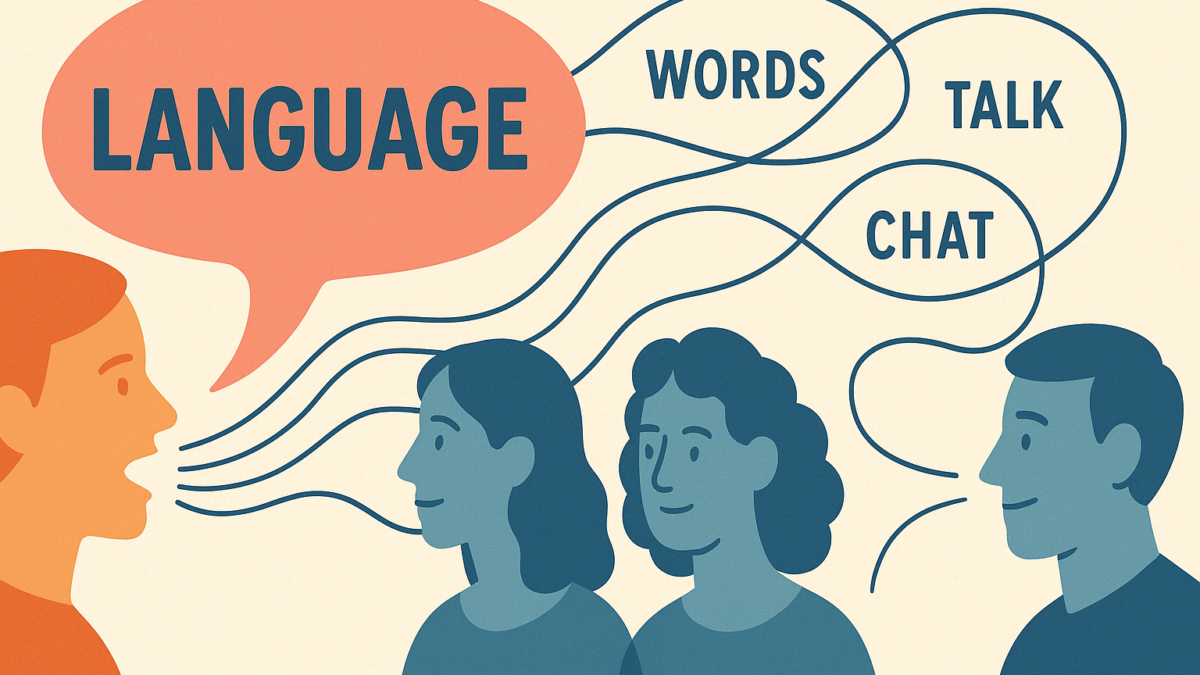Friends, English is not the point.
Yes, that’s right, you just read that, you heard it sub-vocalized in your head, and now it is there repeatedly being affirmed to you:
I am telling you that language is not the point.
People often think it’s the point; they think that somehow all of these words that we see on the screen and that you will write in your exam papers are at the end of it the reason that we are here.
It is with that logic that they will conceive so many different forms of what excellent writing, excellent sentences, and incredible essays are, believing that this excellent writing literally just means fine-tuning, optimizing, and improving the sentences to be more than what they can be – to hope for the very best.
But that is the wrong target really – for the target is actually something very different.
Think about it.
Why do we even write?
For many of you, it’s to do well in an exam.
For some of you (if I am lucky), it is for the added pleasure of self-expression.
In all cases, whether we like it or not, it is to be read and to be understood by another human being.
Whatever the situation and whatever the context, we are all grasping to create things that others will understand, feel, and see ideally in the same way that we see — to raise up questions in the ways that we would raise to cause others to think in the way that we might think; in a very real way, writing is just one of many methods of delivery that we can use to put in a message or reshape other people’s minds – both of which are happening even as you read this piece.
But this is not intuitive to a lot of people. It is far more common that people would think that you would accomplish good writing by putting together the most complicated, verbose, and flowery words that you can, hoping and praying to yourself that somehow something incredible will come out.
But really, in my mind, that is a little bit like putting lipstick on a farm animal.
It doesn’t transform the farm animal into Marilyn Monroe in her prime.
No, you just get a farm animal covered in lipstick.
We cannot create a Marilyn Monroe with words, but certainly we can create the image though.
Lips ruby red, velvet sky; purple eyeshadow, fourth of July. A billowing white dress lifts up by the summer breeze. A subtle wink, a smile – the iconic mole brushing just past vision as the world turns sepia, her short hair from golden turns into fadations of white; the aged grace of eternity dances in the spotlights, dancing along to your invitation among the hundreds; your hand, her hand, a bond with destiny – and here it is: the memory of what was like to be forever young.
Go ahead and put that into ChatGPT or any AI image generator. It’ll be fun to see what you get. Share it in the comments!
What was the point of that?
The point of that was to show that it’s not about using fancy words – Although, sure. Perhaps I could have used slightly more fancy words compared to what I initially had – But whatever the types of words I used, the point of what I was doing would remain and so would the architecture; it was to create an image in your head from which you could not escape, to shape your reality in a specific way such that you could not help but construct the image that I wanted you to construct because you had read that particular sequence of words.
That is just one example of how language can be a means to an end. It is so in an infinitude of other situations as well, when I want to be delivered. Is to persuade you of something.
To make you believe in something.
To convince you to buy any number of things. (Including the books and guides on this site as well as a premium membership!).
…And to ultimately deliver any number of desired outcomes and A-star included, when you follow the rules, understand the game, and can create something meaningful – Not with language as the end goal, but as a by-product of the meaningful project that you aspire to achieve and design through the orchestration of your words.
As we come to the end of this post, I am conscious that even these words are but a means to an end – and in my mind, I hope that whatever the ultimate end might be, that at least a part of it was that it helped you to get a little further than you were in your appreciation for language and what it can give.




